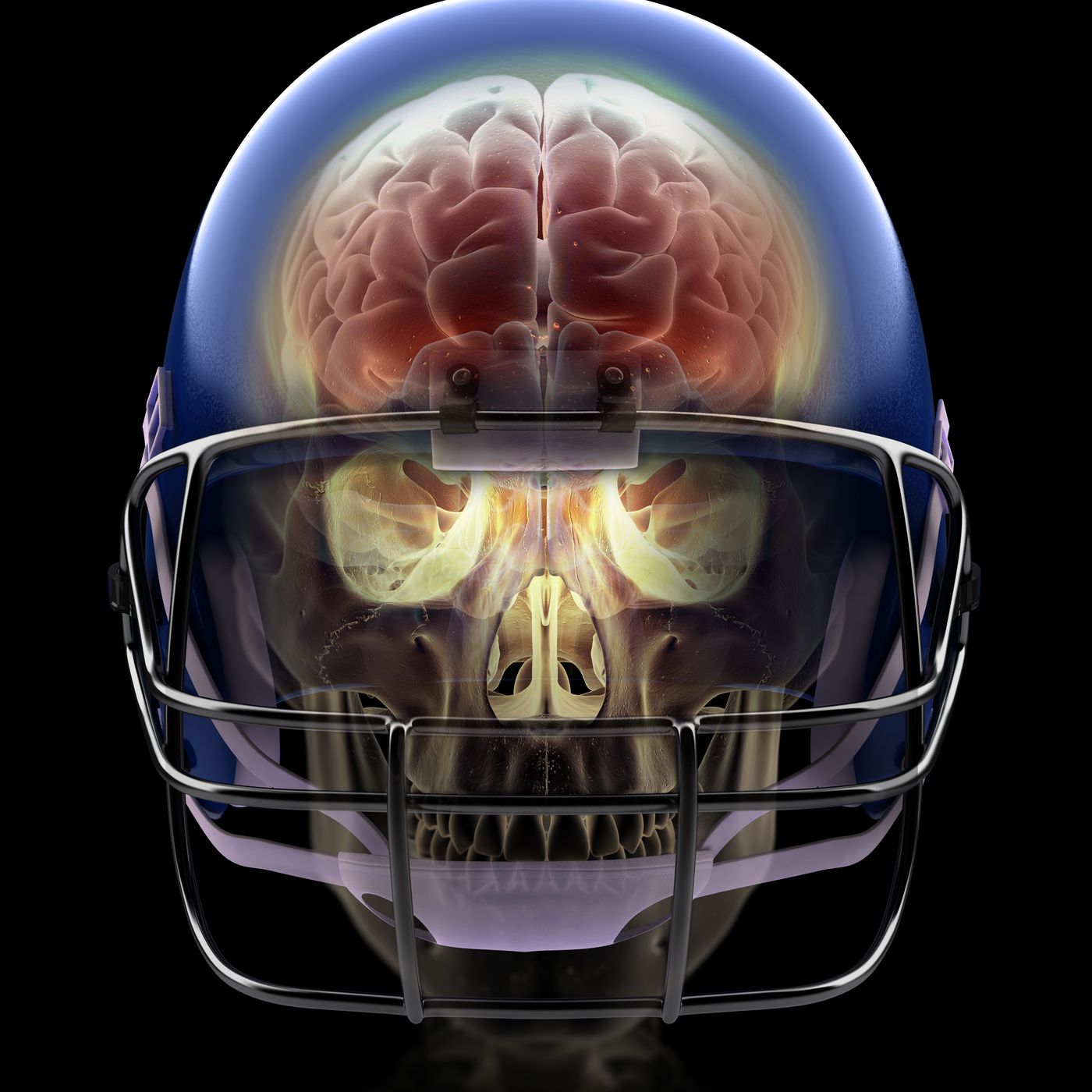Feb 8, 2023Researchers: 91% of 376 Former NFL Players had CTE
According to recent findings from Boston University researchers, chronic traumatic encephalopathy (CTE) has been found in more than 91% of former NFL players involved in an ongoing study on the degenerative brain disorder.
The findings were shared in a news release earlier this week from Boston University’s Chronic Traumatic Encephalopathy Center.
 CTE was identified in 345 of 376 players who participated in the study.
CTE was identified in 345 of 376 players who participated in the study.
A recent story from UPI.com detailed the findings from Boston University researchers. Below is an excerpt from the UPI.com story.
A CTE diagnosis cannot be made on a living person and must be conducted after death. Athletes, especially those in high-contact sports like hockey or football, must enroll in the study ahead of time, agreeing to donate their brains after they die.
Five clinical studies are looking at CTE, and February is CTE Awareness Month, researchers said.
A Boston University study in 2018 that looked at the brains of otherwise healthy people found only one out of 164 people had the condition. The lone positive diagnosis came in from a former college football player.
Monday’s research included Super Bowl winner Ed Lothamer, a former member of the Kansas City Chiefs, and former Philadelphia Eagles quarterback Rick Arrington. The two teams play each other in Super Bowl LVII in Arizona on Sunday.
Lothamer won an NFL championship in 1970 when the Chiefs beat the Minnesota Vikings in New Orleans during Super Bowl IV.
CTE begins through the abnormal accumulation of tau proteins in the frontal lobes of the brain. Those proteins then grow and spread as the disease progresses through three subsequent stages. As that happens, a patient could experience a shrinking brain, which can be linked to dementia.
Cognitive symptoms like memory loss or problems or multitasking and problem-solving can appear earlier on. A person also may suffer from severe mood swings and other behavioral issues.
Boston University researchers cautioned that the findings released Monday do not necessarily equate to a comparable rate of CTE among current NFL players.


